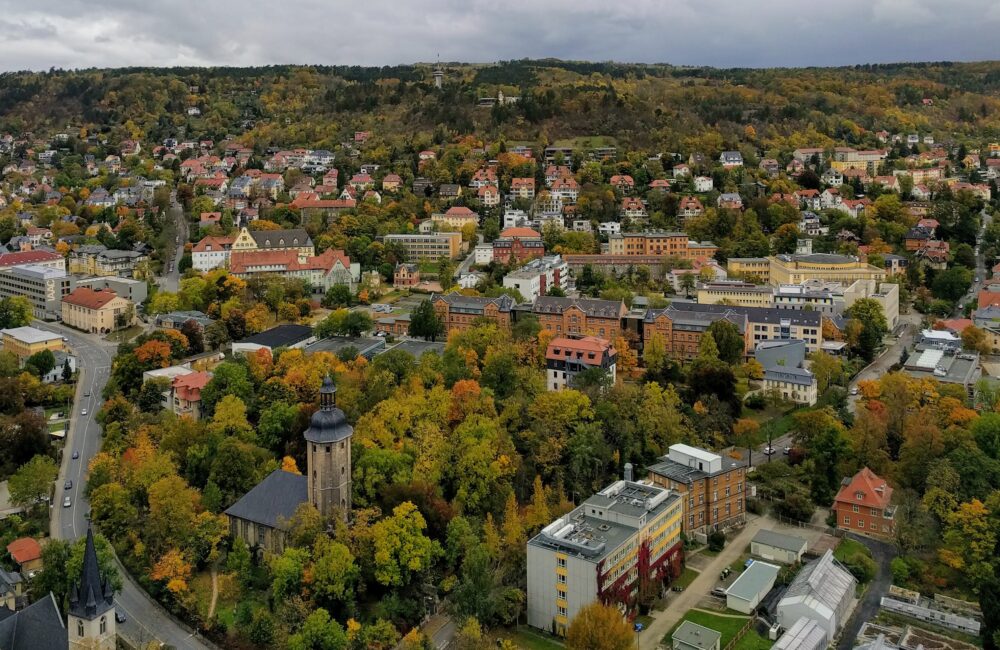Germany, located in Central Europe, is a country with diverse landscapes and a rich cultural tapestry. From the bustling metropolises to the serene countryside, Germany’s geography is a blend of urban vibrancy and natural beauty. Let’s break down the geography, highlighting some of its major cities.
1. Northern Germany:
a. Hamburg:
- A major port city on the Elbe River.
- Known for its maritime history, cultural scene, and the iconic Speicherstadt (warehouse district).
- Green spaces like Planten un Blomen provide a respite from the urban hustle.
b. Bremen:
- Famous for the medieval architecture of the Marktplatz and the Bremen Roland statue.
- The Schnoor quarter showcases narrow streets and historic buildings.
2. Western Germany:
a. Cologne (Köln):
- Home to the impressive Cologne Cathedral (Kölner Dom).
- Vibrant cultural scene, with museums, galleries, and the Hohenzollern Bridge.
b. Düsseldorf:
- A global business and financial center.
- Known for its modern architecture, fashion, and the lively Altstadt (Old Town).
3. Central Germany:
a. Frankfurt:
- A major financial hub with a stunning skyline.
- The Palmengarten botanical garden and the Römer historic building are notable attractions.
b. Wiesbaden:
- Famous for its hot springs and spa culture.
- The Nerobergbahn funicular offers panoramic views of the city.
4. Southern Germany:
a. Munich (München):
- Bavaria’s capital known for Oktoberfest and historic architecture.
- The English Garden and Nymphenburg Palace are popular destinations.
b. Stuttgart:
- An industrial and cultural hub.
- Home to the Mercedes-Benz Museum and the Stuttgart State Gallery.
5. Eastern Germany:
a. Berlin:
- The capital and Germany’s largest city.
- Rich in history, with landmarks like the Brandenburg Gate and remnants of the Berlin Wall.
- A thriving arts scene, vibrant nightlife, and numerous green spaces.
b. Leipzig:
- Famous for its cultural and musical heritage.
- The Thomaskirche is associated with Johann Sebastian Bach, who served as its music director.
6. Islands and Coastal Regions:
a. Rügen:
- Germany’s largest island in the Baltic Sea.
- Known for its chalk cliffs and seaside resorts.
b. Lübeck:
- A medieval city with well-preserved architecture.
- The Holstentor gate is a UNESCO World Heritage site.
7. Mountainous Regions:
a. The Alps:
- Southern Germany is home to the Bavarian Alps.
- Garmisch-Partenkirchen is a popular resort town surrounded by stunning peaks.
b. The Black Forest (Schwarzwald):
- A picturesque region known for dense forests, cuckoo clocks, and traditional villages.
Germany’s geography, with its diverse regions and cities, offers something for every traveler. Whether you’re drawn to the historic charm of cities like Berlin and Cologne, the natural beauty of the Alps, or the maritime allure of Hamburg, Germany invites exploration and discovery.








Leave a Reply